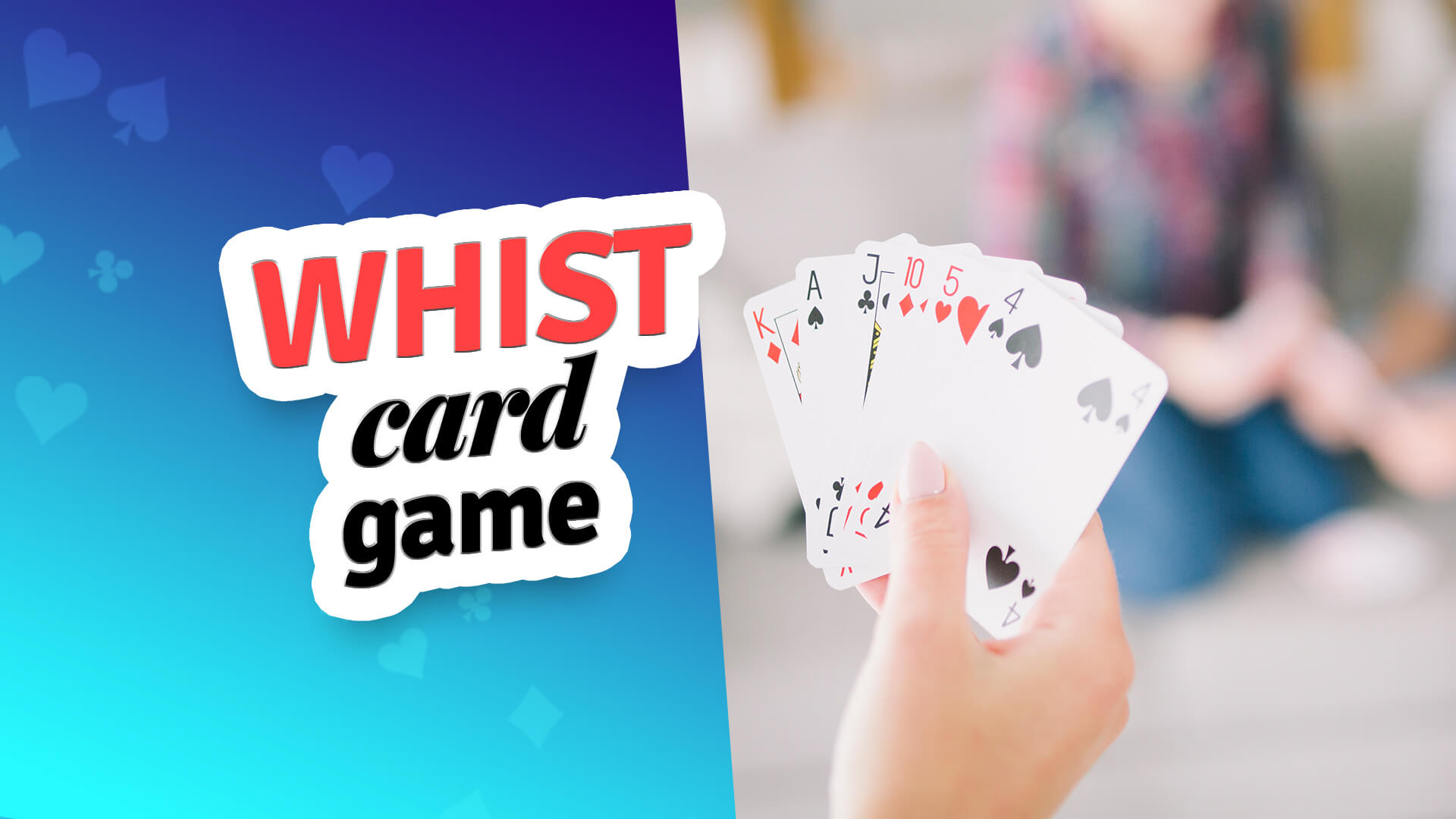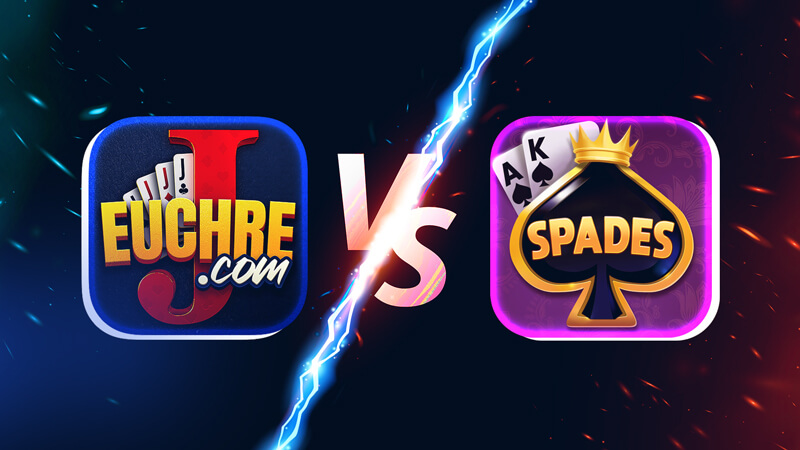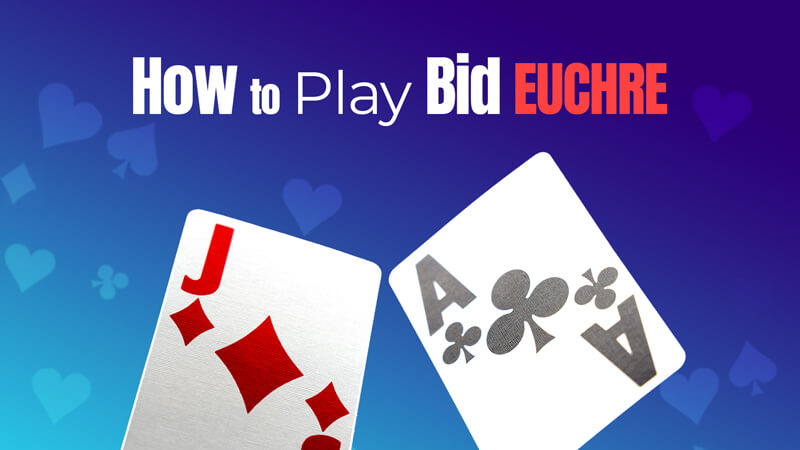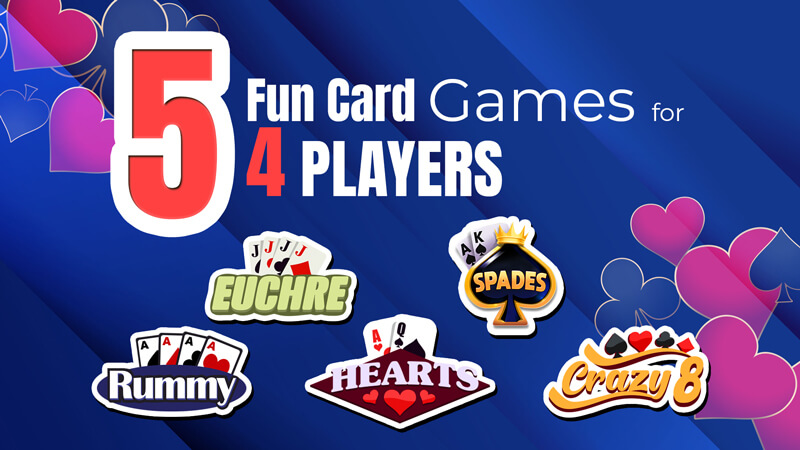Whist Card Game

1. Origins & history of Whist
During the 18th and 19th centuries, Whist reached the pinnacle of its popularity. It became the favorite pastime of the upper classes in Britain and North America, captivating players with its blend of skill, strategy, and social interaction. Whist clubs and societies flourished, and the game was played in elegant parlors and salons across both continents.
Moreover, Whist served as the foundation for the creation of Bridge, which gained immense popularity in the 20th century. Many of the fundamental concepts and techniques used in Bridge, such as bidding systems and partnership play, were first introduced in Whist. The influence of Whist can also be seen in other trick-taking games, such as Euchre and Spades.
2. How to play Whist
- Objective. The goal of Whist is to be the first partnership to reach a predetermined number of points, typically 5, 7, or 9. Players aim to win tricks by playing higher-ranking cards or employing strategic tactics.
- Card rank. The cards in each suit rank from highest to lowest: A K Q J 10 9 8 7 6 5 4 3 2. The trump suit holds the strongest cards in each game.
- Partnerships. Whist is played with four players divided into two partnerships. Partners sit opposite each other, and their combined points contribute to the overall score.
- Dealing. The dealer distributes the cards, one at a time, facing down, until every player receives thirteen cards. The dealer then turns the final card face up to call trump suit. This exposed trump card stays on the table until it is the dealer’s turn to make the first move. At that moment, the dealer can pick up the card and incorporate it into their hand.
- Playing a hand. The player to the dealer’s left leads the first trick by playing a card. Each player, in clockwise order, must follow suit if possible. If unable to follow suit, a player can play any card. The highest-ranking card of the leading suit wins the trick.
- Tricks & scoring. A trick consists of four cards, one played by each player. The partnership that wins the trick leads to the next one. At the end of each hand, points are awarded based on the number of tricks won. Each trick above six is worth one point, and reaching the predetermined point goal leads to victory.
3. Strategies for success in Whist
- Teamwork. Establish clear and efficient communication with your partner. Use signals, such as playing specific cards to convey information, coordinate your moves, and maximize your chances of winning tricks.
- Card tracking. Pay close attention to the cards played by all players. Card counting helps you deduce the remaining cards in each suit, allowing you to make more informed decisions. Keeping track of which high-ranking cards have been played can also help you anticipate the strength of your opponent’s hands.
- Winning tricks. Strategically plan your moves to win tricks. Lead with strong cards to force opponents to play higher cards. Timing is crucial; save your best cards for opportune moments to gain maximum advantage.
- Gaining an advantage. Analyze the bidding and early tricks to deduce the distribution of cards among players. Adjust your strategy accordingly to exploit any weaknesses or favorable situations. Adaptability is key to gaining an advantage.
- Managing trumps. Use trump cards strategically to win tricks, especially when you anticipate opponents playing high-ranking cards. However, be mindful of preserving trumps for critical moments.
4. Variations of Whist
- Solo Whist. Each player competes individually rather than in partnerships. The game is typically played with a reduced deck, often using only 32 cards.
- Bid Whist. Players bid for the right to choose the trump suit or the number of tricks they will win. The highest bidder sets the trump suit or determines the target number of tricks for their partnership.
- Norwegian Whist. Norwegian Whist adds a rule called “ten club.” In this rule, the player who holds the ten of clubs can exchange it for the exposed trump card.
- Romanian Whist. Romanian Whist is typically played with a 32-card deck. The main difference lies in the scoring system, where points are awarded for certain card combinations, such as sequences and sets.
- German Whist. German Whist introduces bidding for the right to choose the trump suit. The highest bidder becomes the “declarer” and plays against the other players as a solo player.
- Minnesota Whist. Minnesota Whist introduces a unique scoring system. Players aim to win a certain number of “tricks” per round, with points awarded based on the number of tricks won.
Now read about 10 solo card games you can play at home!
Stay in the loop with all things Euchre!
Level up your game with our newsletter
Subscribe to our newsletter for the latest exclusive offers, tournament updates, game strategies, and tips. Join our Euchre community today and never miss a card-playing beat.
Sign up now and let the cards do the talking!
Copyright 2025 All rights reserved
This product is intended for people over 18 years of age for entertainment purposes. This game includes in-app purchases. Practice or success in social casino gambling does not imply future winnings in real money gambling and gambling in general.
Copyright 2025 All rights reserved
This product is intended for people over 18 years of age for entertainment purposes. This game includes in-app purchases. Practice or success in social casino gambling does not imply future winnings in real money gambling and gambling in general.





